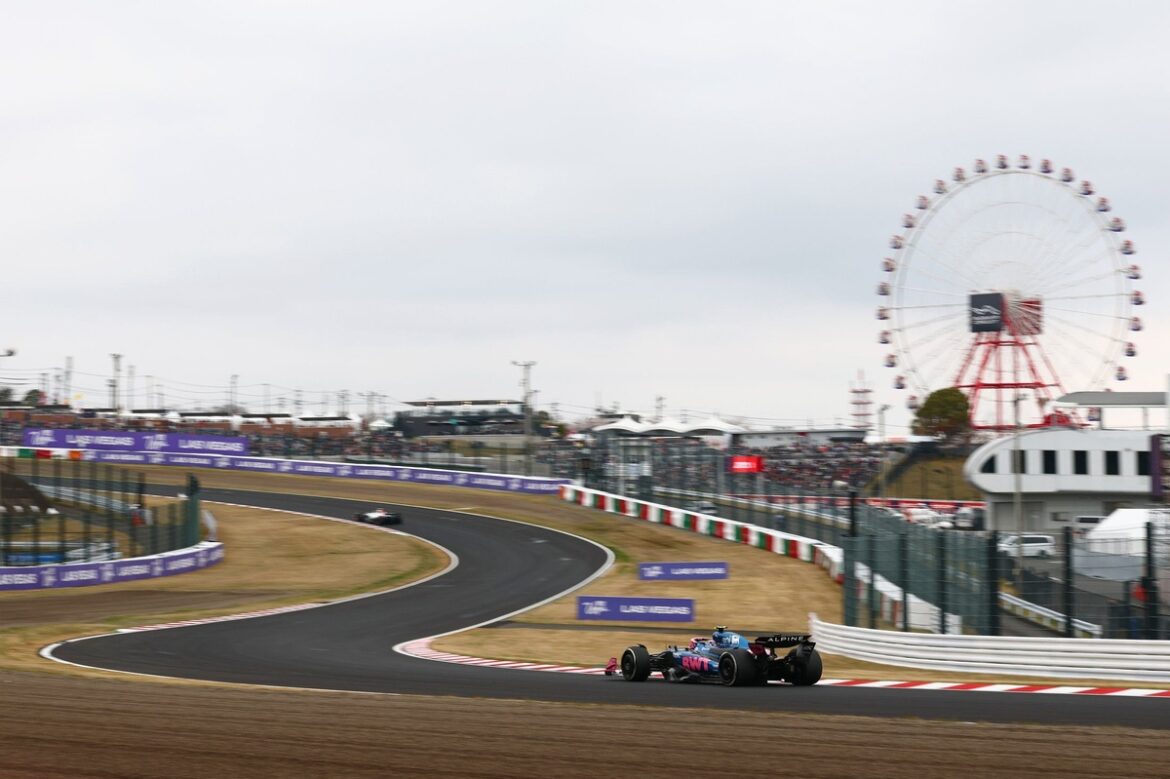The Japanese Grand Prix cleared up a misconception. A prevailing theory among certain subsections of the Formula 1 viewership is this: if Pirelli could simply make more durable tyres, then surely the intensity of races would reach stratospheric levels across their run-times. No tyre management, no sipping at the medium compound’s life like a hot, bitter espresso – just 20 drivers pushing each other until the chequered flag drops.
The contrary view of this standpoint is that, if the grid is determined by speed over a qualifying lap, then surely 50-odd flat-out laps would largely preserve the order. One or two exceptions might apply owing to botched flying laps but, in reducing the impact of one of the greater variables – tyre degradation – the race loses a significant dimension.
In this article
Jake Boxall-Legge
Formula 1
Be the first to know and subscribe for real-time news email updates on these topics
Subscribe to news alerts


AloJapan.com